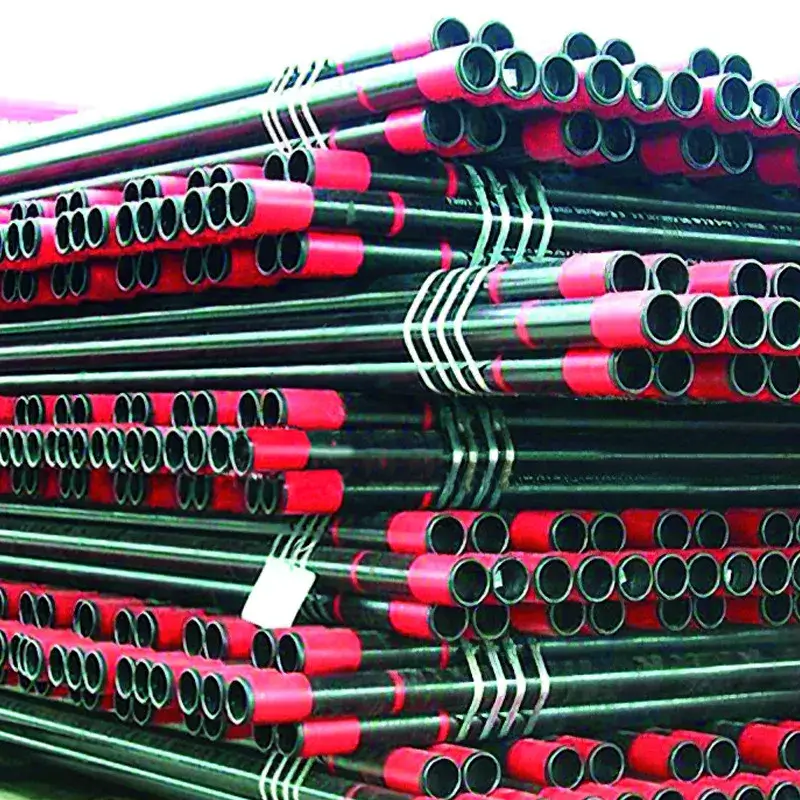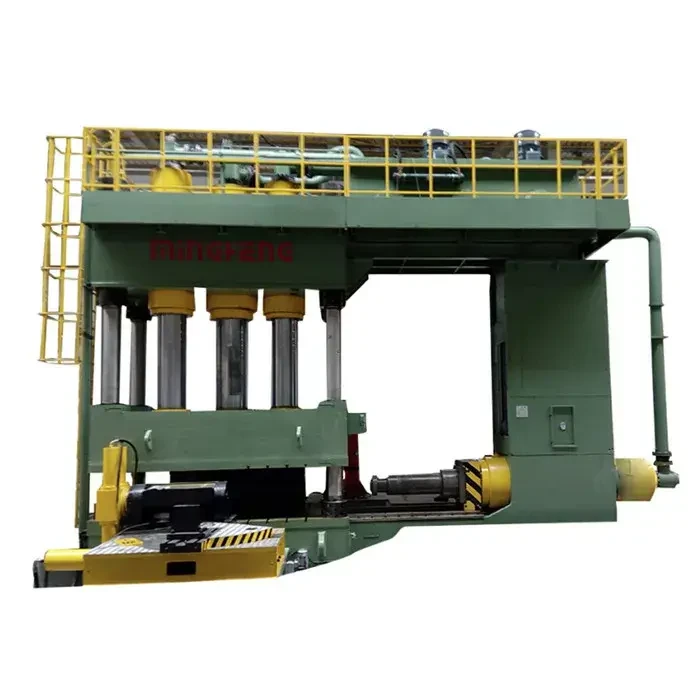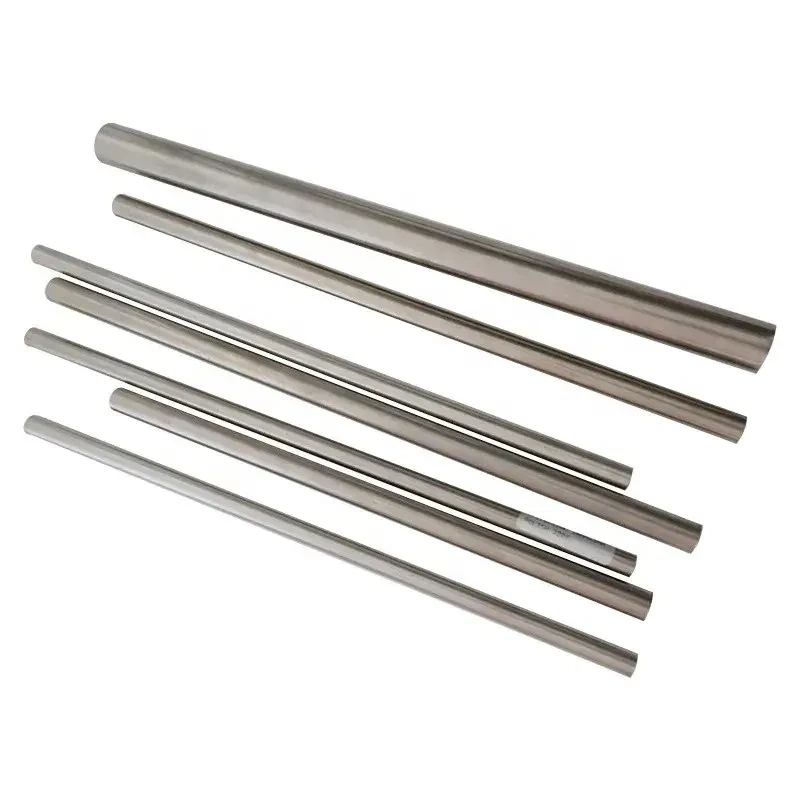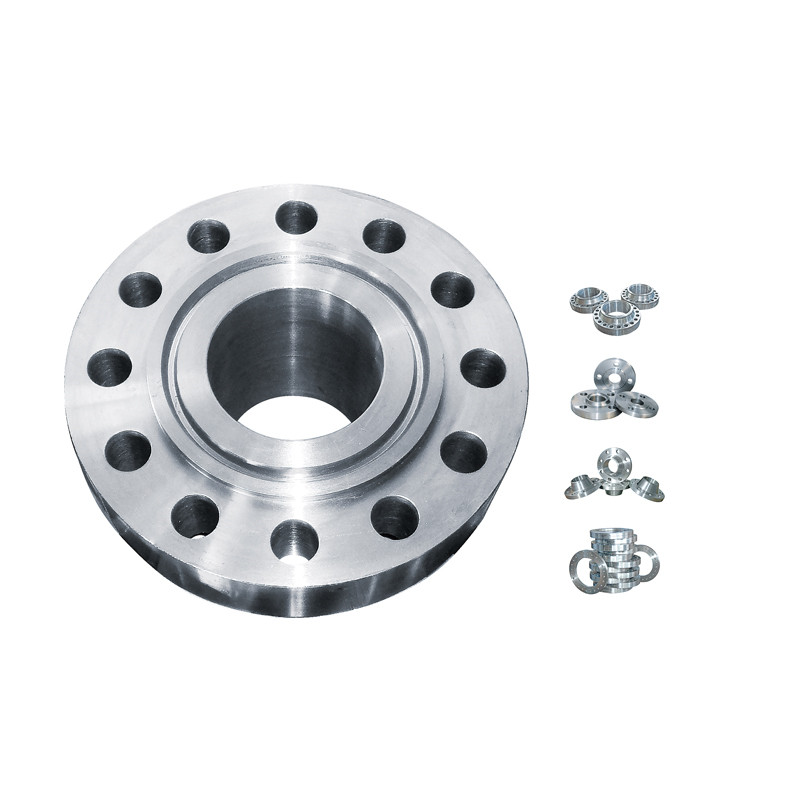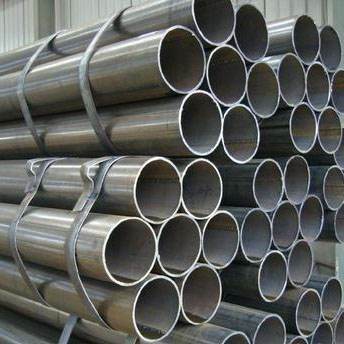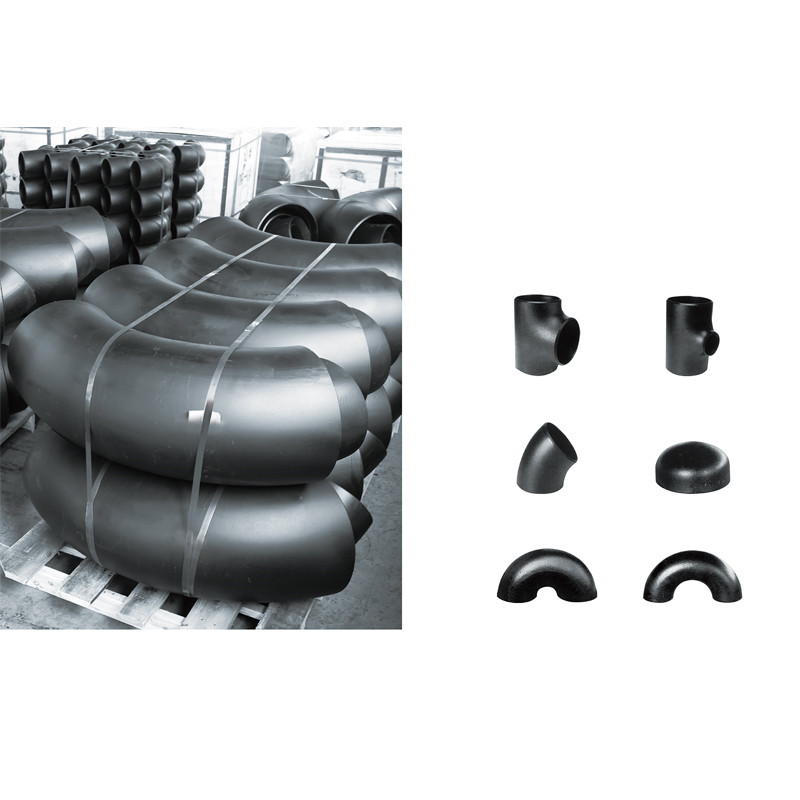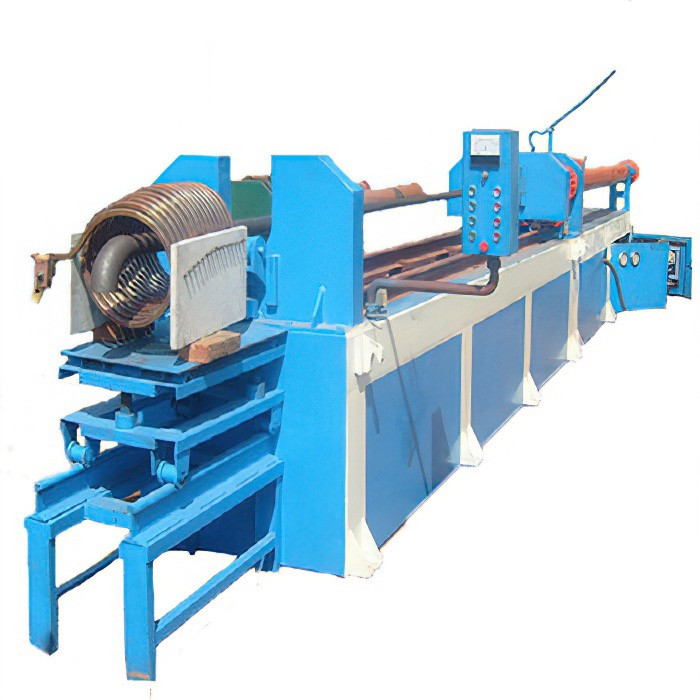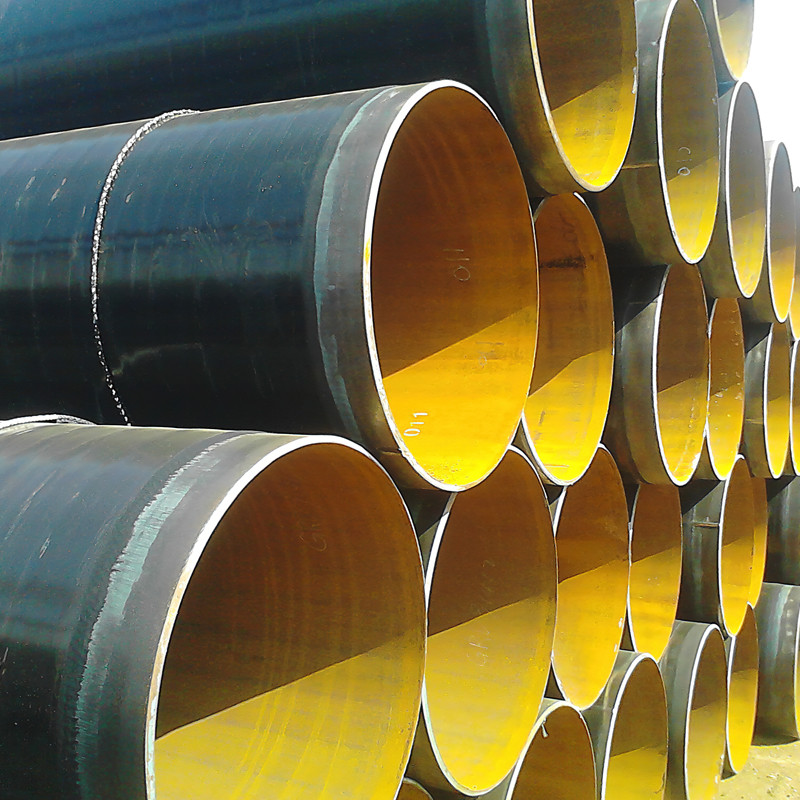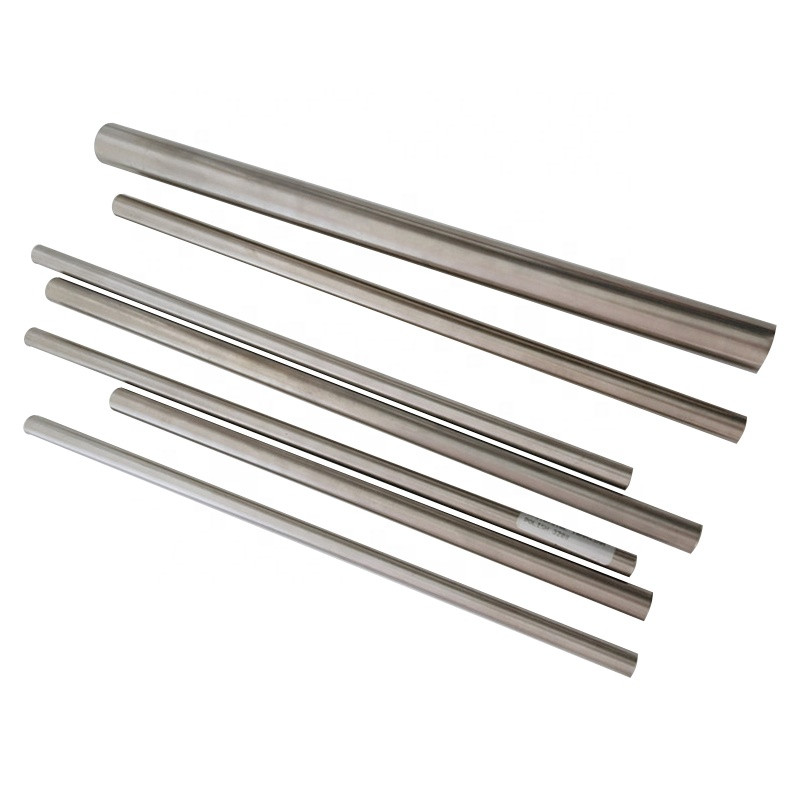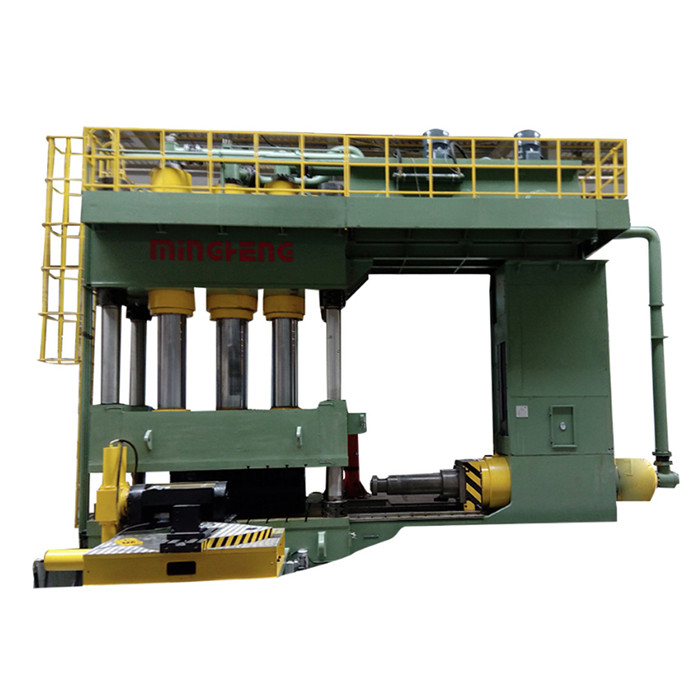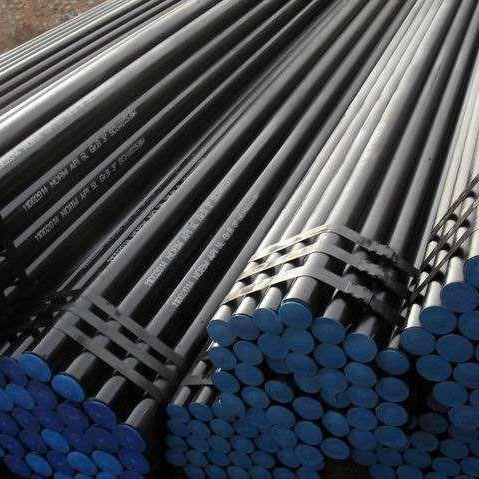Understanding the "10 Metal Pipe": Why This Term Matters Globally
If you've ever worked in construction, plumbing, or manufacturing, you've probably come across references to "10 metal pipe" — but what exactly does it mean, and why should you care? Simply put, the phrase points to a specific size or standardized category of metal piping widely used across industries for fluid transport, structural support, and more. Globally, demand for durable and versatile metal pipes has soared, largely because they form the backbone of critical infrastructure: think water supply, oil and gas conduits, and even renewable energy frameworks. Getting familiar with the ins and outs of 10 metal pipe not only helps engineers and planners select the right components, but it also aligns with sustainability and efficiency goals. Plus, it often translates to cost savings over the pipe’s lifecycle — which anyone managing projects big or small can appreciate.The Global Landscape of 10 Metal Pipe: Context and Challenges
Interestingly, the global metal pipe market was valued at over $75 billion in 2022, with projections to surpass $100 billion by 2028 (Source: Global Industry Reports). Metal pipes categorized by nominal sizes - of which 10-inch or "10 metal pipe" is just one such metric - are crucial in facilitating the worldwide movement of water, petroleum products, and industrial gases. But here's the rub: Not every region has uniform access to quality piping materials, and environmental challenges continue to push for more sustainable manufacturing and lifecycle management. The steel and metal pipe industries face growing pressure to reduce carbon footprints under guidelines from bodies like ISO and the UN Environmental Programme. This means the manufacturing and use of 10 metal pipe are steadily incorporating greener materials and smarter design approaches to reconcile growing demand with planetary limits.Mini Takeaway:
The 10 metal pipe isn’t just a staple commodity; it sits at the intersection of industry growth and environmental responsibility. Choosing the right pipe type here can mean the difference between long-term project success or costly failure.
Defining the 10 Metal Pipe
At its heart, the 10 metal pipe usually refers to a metal pipe with a nominal diameter of 10 inches, commonly made from carbon steel, stainless steel, or sometimes galvanized steel. These pipes come in various wall thicknesses and grades — each rated for specific pressure levels and environmental conditions. In modern industry, the flexibility of the 10 metal pipe makes it indispensable for everything from high-pressure steam lines to potable water systems, often used where robust durability meets moderate-to-large size channeling needs. On a humanitarian front, metal pipes like these facilitate clean water delivery in disaster zones, enabling relief agencies to deploy rapid, long-lasting water distribution networks.Core Components & Practical Factors Behind 10 Metal Pipes
Durability
Durability is key. Made primarily of steel alloys, these pipes resist corrosion and mechanical wear, especially when treated with protective coatings or corrosion inhibitors.Scalability
Thanks to standardized sizes and connections, 10 metal pipes integrate seamlessly into vast networks — think sprawling waterworks or industrial complexes. This scalability ensures easy replacement or expansion without custom fabrication headaches.Cost Efficiency
Despite the upfront metal cost, their longevity and ease of maintenance often translate to a favorable total cost of ownership. Plus, standardization helps keep manufacturing and installation efficient.Versatility
Whether transporting liquids, gases, or even solids (in slurry form), these pipes’ robust nature means they fit a variety of industrial and infrastructural roles.Environmental Compatibility
Advancements in coating technology and recyclable raw materials increasingly make 10 metal pipes a preferred choice in eco-conscious projects.Mini Takeaway:
It really boils down to durability plus flexibility. The 10 metal pipe strikes a balance that engineers love — it's not just a tube; it’s an investment.
Real-World Applications of 10 Metal Pipe
Around the world, industries rely heavily on this pipe size. In the Middle East’s oil fields, for instance, 10 metal pipe grades resistant to high-temperature corrosion are standard components. In Europe, municipal water treatment plants use them for main distribution lines. Meanwhile, in Southeast Asia, large-scale construction projects employ metal pipes of this diameter for structural purposes — supporting frameworks where weld strength is critical. In the humanitarian sector, NGOs deploying portable water systems for refugee camps have increasingly leaned on modular piping systems built around 10 metal pipes for their reliability and ease of transport. 10 metal pipe systems are not only tools but lifelines.Advantages & The Long Haul
So, why choose the 10 metal pipe over alternatives like plastic piping or concrete conduits? The first and most obvious reason: strength. Steel pipes resist damage, withstand thermal cycling, and adapt better to underground movements. But beyond that: - Cost Savings: Lower replacement and repair rates. - Sustainability: Steel is fully recyclable; many pipes incorporate recycled material. - Safety & Reliability: Resistant to microbial growth unlike some plastics. - Innovation Ready: Compatible with smart sensors and pipeline monitoring tech that improves safety. Emotionally speaking, the reliability factor creates a level of trust — knowing your piping infrastructure won't suddenly fail under peak load conditions is a unique peace of mind, especially in critical service sectors.Product Specification Table: Sample 10 Metal Pipe Characteristics
| Specification | Typical Value |
|---|---|
| Nominal Diameter | 10 inches (254 mm) |
| Material | Carbon Steel ASTM A106 Grade B |
| Wall Thickness | Schedule 40 (0.365 inches) |
| Operating Pressure | Up to 1000 psi |
| Corrosion Resistance | Standard protective coatings or galvanizing |
| Weight per foot | 22.7 lbs (10.3 kg) |
Vendor Comparison: Choosing Your 10 Metal Pipe Supplier
| Supplier | Material Quality | Pricing | Certifications | Lead Time | Technical Support |
|---|---|---|---|---|---|
| SteelWorks Global | High-grade carbon steel | Mid-range | ISO 9001, API Spec 5L | 2-4 weeks | 24/7 customer line |
| MetroPipe Inc. | Stainless steel, corrosion resistant | Premium | ISO 14001, API Spec 5CT | 4-6 weeks | Dedicated tech rep |
| RapidSteel Supply | Standard carbon steel | Budget-friendly | API 5L Certified | 1-3 weeks | Email support only |
Future Trends and Innovations in 10 Metal Pipe Technology
It’s fascinating how traditional materials like steel keep evolving. Engineers and R&D teams are developing high-strength, low-alloy (HSLA) steels that maintain the core benefits of 10 metal pipe but with a smaller environmental footprint. On the manufacturing front, automation and digital tracking of each pipe segment improve quality control and enable predictive maintenance via IoT sensors embedded into pipeline infrastructure. Additionally, coating technologies are now integrating nano-materials to supercharge corrosion resistance — which could be a game-changer for pipelines exposed to harsh marine or chemical environments. Green energy infrastructure, like hydrogen pipelines, increasingly relies on specially treated 10 metal pipes to safely transport new fuels. So yes, this old-school stalwart pipe is morphing into a smart, future-ready solution.Common Challenges & Expert Solutions
No product is perfect, and 10 metal pipe has its quirks: - Corrosion Risks: Even treated pipes can succumb without proper monitoring. - Weight and Handling: Larger metal pipes demand heavy equipment and skilled labor. - Cost Sensitivity: Fluctuating steel prices impact budgeting decisions. Industry experts recommend combining smart coatings with inline inspection tools for corrosion management and investing in modular sections to ease handling on-site. Plus, bulk purchasing from certified suppliers reduces material cost volatility.FAQ: Frequently Asked Questions About 10 Metal Pipe
- Q: What is the difference between nominal diameter and actual size in 10 metal pipes?
A: Nominal diameter (10 inches) is a standardized label for the pipe size, but the actual internal or external diameter will vary based on wall thickness and manufacturing standards. - Q: Can 10 metal pipes be used for potable water systems?
A: Yes, provided they meet the appropriate sanitary certifications and coatings to prevent contamination. Many municipal water systems rely on coated carbon steel pipes. - Q: How do I ensure the 10 metal pipe meets industry standards?
A: Verify certifications like API Spec 5L or ASTM standards from your supplier, and request quality control documentation for traceability. - Q: Are there eco-friendly options for metal pipes?
A: Absolutely. Pipes made with recycled steel content and coated with environmentally safer materials are increasingly available in the market.
Wrapping It Up: Why the 10 Metal Pipe Still Holds Strong
In the end, the 10 metal pipe endures because it balances practicality with durability. It’s a material solution that’s evolved alongside industries while proving its mettle (no pun intended). Whether you’re designing a pipeline in a dense urban center or building temporary water systems in a refugee camp, understanding this pipe’s nuances gives you an edge. For those invested in long-term sustainability and cost efficiency, this is an important piece of the puzzle. For more detailed insights, visit our website: https://www.world-steelmaterial.com — a robust resource for metal pipe specs, supplier info, and industry trends.Mini Final Takeaway:
The 10 metal pipe stands as a quiet powerhouse in infrastructure. When chosen wisely and maintained properly, it keeps the world flowing — literally.
References
Post time: Nov . 15, 2025 13:30



